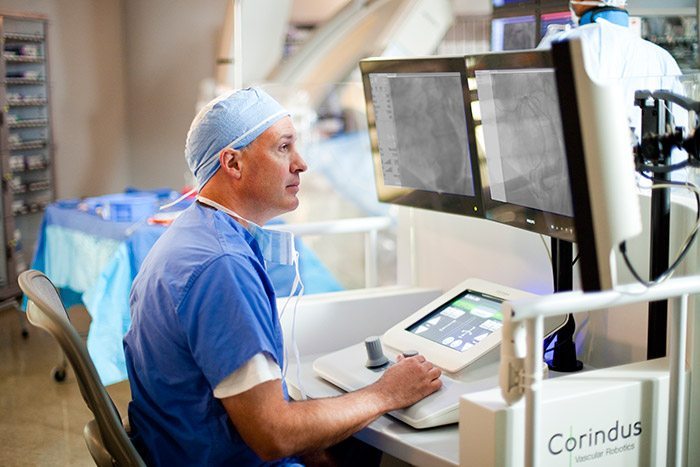In 2011, the Society of Cardiovascular Angiography and Interventions published new guidelines for a Radiation Safety Program for the Cardiac Catheterization Laboratory.
With regards to procedures, they recommended limiting exposure duration, reducing dosage, limiting high-dose high contrast use, reducing magnification, and increasing distance from the x-ray beam to name a few.
Mayo Clinic reduced doses by 40 percent over a 3-year period in a case study released in 2012, where researchers noted that "the physician's expectations [had to] change from a desire for excellent image quality to a desire for low radiation dose and acceptance of clinically adequate image quality."
Technology itself might not be able to change culture, but it can significantly improve many relevant factors, as demonstrated by trials and testimonials of Corindus's CorPath system.
Continue reading Special Report (4): Robotics improve efficiency and reduce radiation exposure

